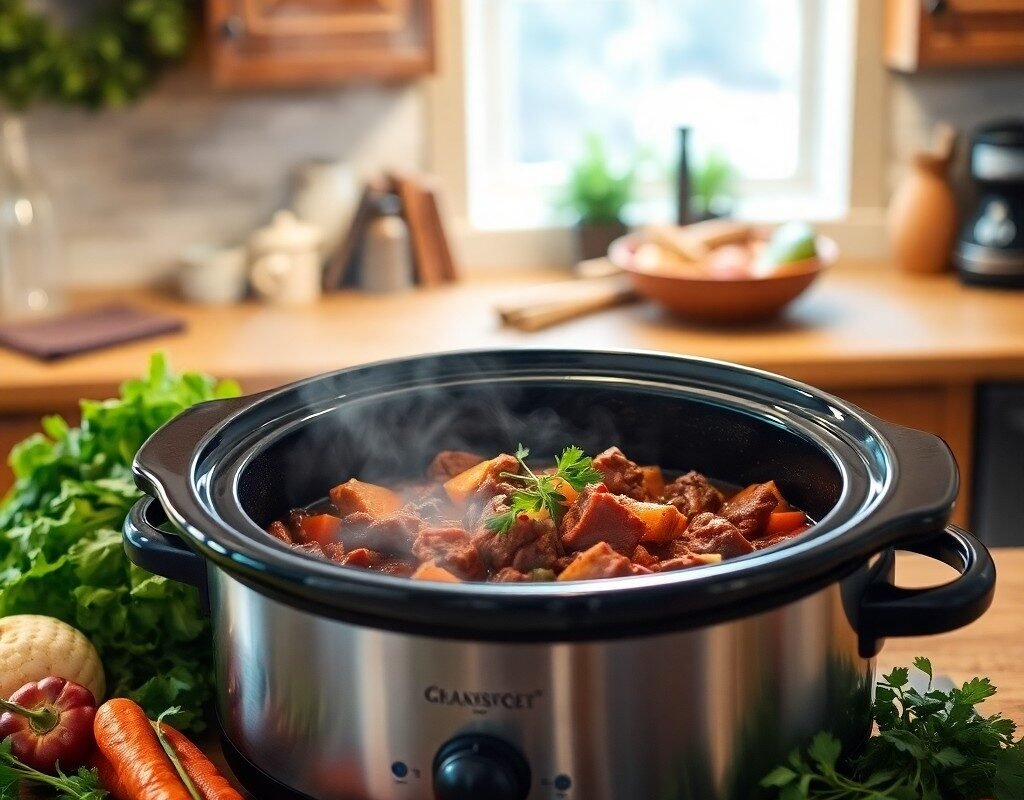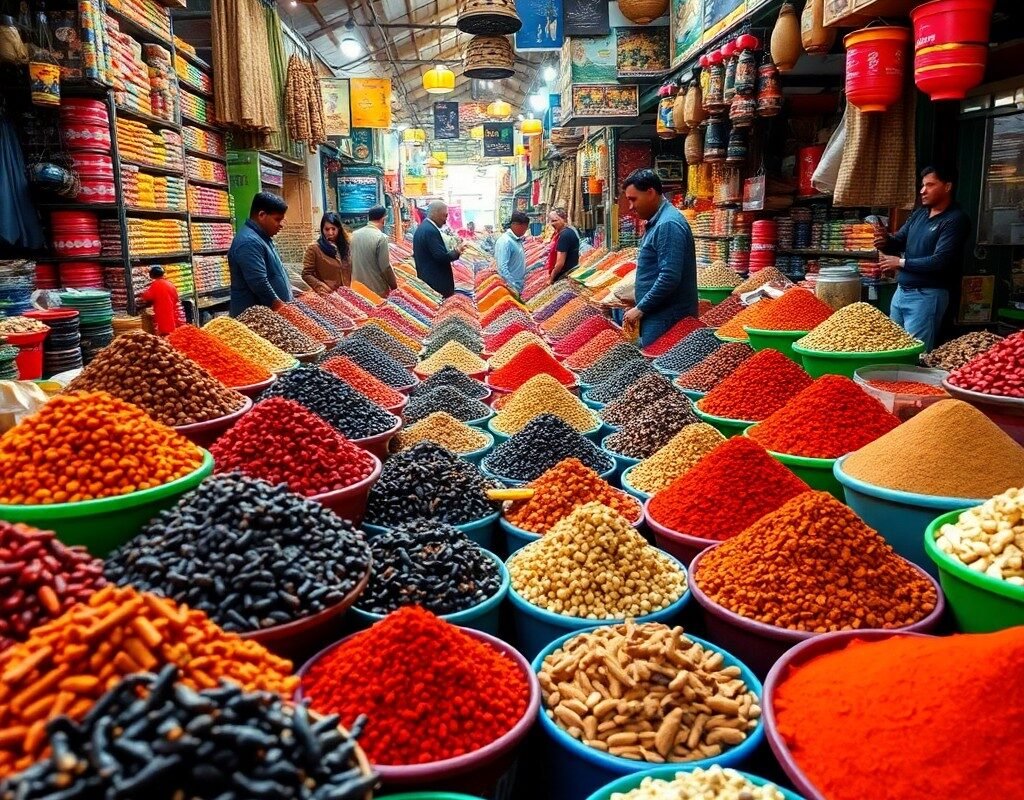Introduction
Every chef, whether a professional or a passionate home cook, has their own set of secrets and confessions that make their dishes truly special. The kitchen is a place of creativity, experimentation, and sometimes even a little chaos. In this blog post, we’re going to unveil some of the delicious secrets that can elevate your cooking game. From insider tips and techniques to unexpected ingredient pairings, these kitchen confessions will inspire you to explore new culinary horizons and bring out the best in your cooking.
The Power of Quality Ingredients
One of the most important confessions any chef will make is that the quality of ingredients plays a crucial role in the final dish. Fresh, high-quality ingredients can transform even the simplest recipes into culinary masterpieces.
Choose Seasonal Produce
When shopping for fruits and vegetables, prioritize seasonal produce. Not only is it often more flavorful, but it’s also more affordable and environmentally friendly. Seasonal ingredients are picked at their peak ripeness, ensuring maximum taste and nutritional value. For example, enjoy juicy tomatoes in the summer or vibrant squash in the fall.
Invest in Good Pantry Staples
Your pantry staples are the backbone of your cooking. Investing in high-quality oils, vinegars, spices, and grains can make a world of difference. Extra virgin olive oil, for instance, can enhance the flavor of salads and roasted vegetables, while a well-aged balsamic vinegar can add depth to sauces and dressings. Don’t underestimate the impact of fresh herbs; they can elevate the simplest dishes with their aromatic qualities.
Cooking Techniques That Make a Difference
Beyond ingredients, mastering specific cooking techniques can significantly improve your culinary creations. Here are some confessions from experienced cooks about techniques that can enhance flavors and textures.
Searing: The Maillard Effect
Searing meats and vegetables at high heat creates a beautiful caramelization known as the Maillard effect. This process not only adds depth of flavor but also provides an appealing color and texture to your dishes. Whether you’re making steak, chicken, or even tofu, a good sear can elevate the dish from ordinary to extraordinary.
Layering Flavors
Building layers of flavor throughout the cooking process is a technique that many chefs swear by. Start by sautéing aromatics like onions and garlic in olive oil before adding other ingredients. Incorporate spices at different stages—some during cooking for depth and others at the end for brightness. This approach creates complexity and richness that will leave your guests raving about your dishes.
Properly Salting Your Food
Salt is often referred to as the “magic ingredient” in cooking, and for good reason. It enhances flavors and balances sweetness and acidity. However, many home cooks make the mistake of salting only at the end of cooking. A better approach is to season your ingredients at various stages—while cooking vegetables, marinating proteins, or seasoning sauces. This ensures even distribution of flavor throughout the dish.
Unexpected Ingredient Pairings
Sometimes, the most surprising ingredient combinations can lead to unforgettable flavors. Here are some confessions about unexpected pairings that work wonders in the kitchen.
Sweet and Savory
The balance between sweet and savory is a hallmark of many successful dishes. For instance, pairing roasted butternut squash with a sprinkle of cinnamon adds warmth and sweetness that complements savory flavors beautifully. Similarly, combining bacon with maple syrup creates a delightful contrast that enhances both components.
Herbs and Fruits
Herbs aren’t just for savory dishes; they can also elevate fruit-based recipes. Fresh basil pairs wonderfully with strawberries in salads or desserts, while rosemary can enhance the flavor of roasted peaches or grilled pineapples. Don’t hesitate to experiment with herb-fruit combinations to create refreshing and unique flavor profiles.
Spices Beyond Borders
Don’t shy away from using spices commonly found in cuisines different from your own. For example, adding cumin to your chili or curry can deepen its flavor profile while introducing an entirely new dimension. Similarly, a dash of smoked paprika can add richness to soups and stews without overpowering other flavors.
The Importance of Presentation
How you plate your food can be just as important as how it tastes. The visual appeal of a dish can enhance the dining experience and create excitement around your meal.
Elevate Your Plating Game
Take the time to think about how you present your food on the plate. Use contrasting colors to create visual interest; for instance, pairing vibrant greens with deep reds or yellows makes for an appealing presentation. Consider using different heights when arranging food—stacking elements or using small bowls for sauces adds dimension to your plating.
Garnishing: The Finishing Touch
Garnishes are not just for show; they can add fresh flavors and textures that enhance the overall dish. A sprinkle of fresh herbs, a drizzle of balsamic glaze, or even edible flowers can transform a simple plate into something extraordinary. Just remember to keep garnishes relevant to the dish rather than using them as mere decoration.
Embracing Mistakes as Learning Opportunities
Every cook has made mistakes in the kitchen—burnt meals, over-salted dishes, or unintentional flavor combinations that fell flat. However, these moments often lead to valuable lessons and culinary growth.
Learning from Kitchen Disasters
When a recipe doesn’t turn out as expected, don’t be discouraged. Instead, take it as an opportunity to learn and adapt. Analyze what went wrong—was it an ingredient issue, timing problem, or technique misstep? Use these insights to improve future cooking endeavors.
Experimentation is Key
Cooking is as much about exploration as it is about following recipes. Don’t be afraid to experiment with flavors and techniques! Allow yourself to play in the kitchen by trying out new ingredients or adjusting recipes based on what you have on hand. Some of the best culinary creations stem from moments of improvisation.
Conclusion
The kitchen holds countless delicious secrets waiting to be uncovered by both novice cooks and seasoned chefs alike. From understanding the importance of quality ingredients to embracing unique flavor pairings and honing plating techniques, every confession shared here serves as an invitation to elevate your cooking experience.
As you embark on your culinary journey armed with these insights, remember that cooking should be a joyful exploration filled with creativity and experimentation. Embrace mistakes as learning opportunities while savoring each delicious success along the way.
So next time you step into the kitchen, let these confessions guide you as you unlock new flavors, create beautiful plates, and nourish yourself and others one bite at a time!
.




